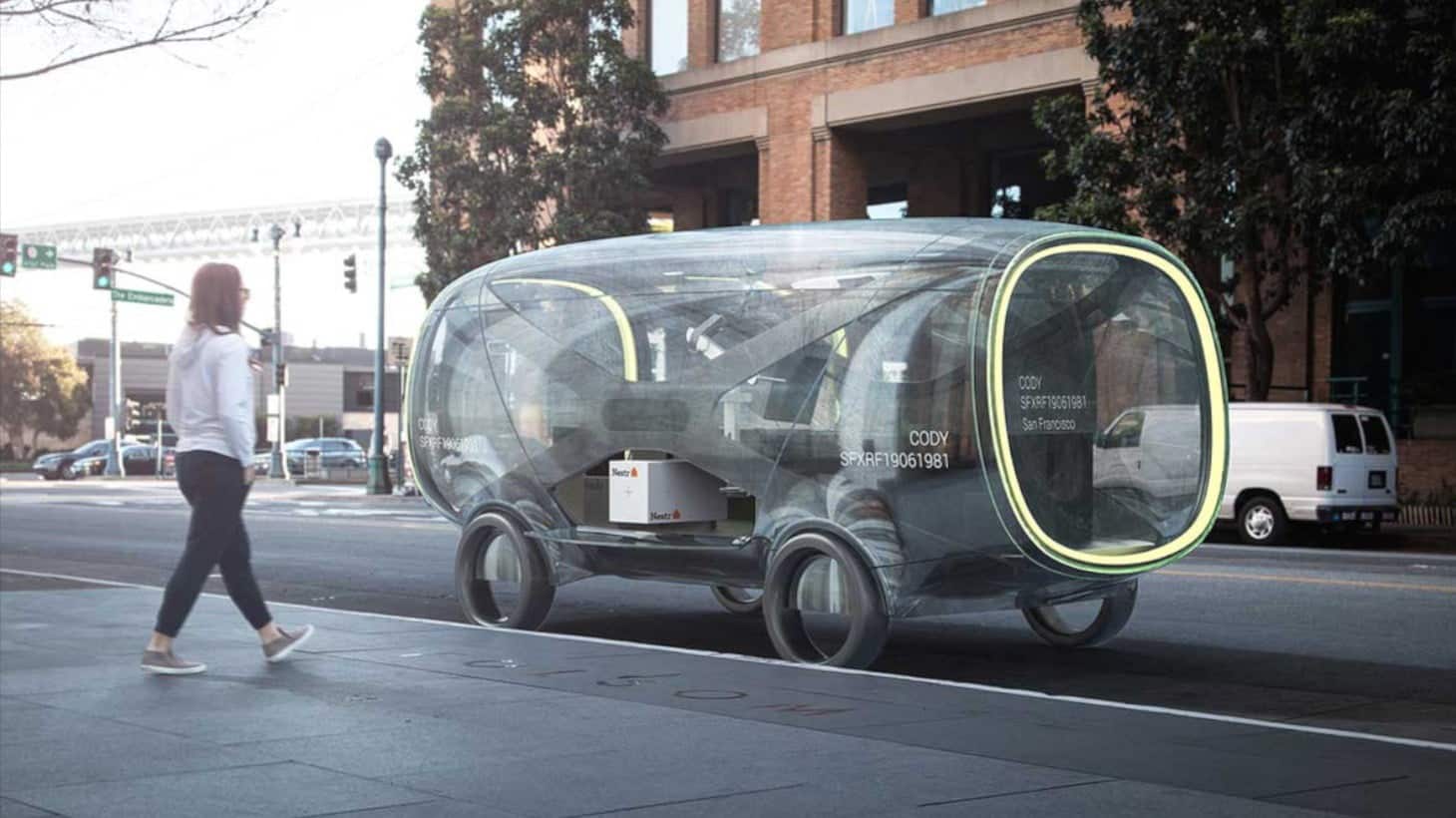Over the last 40 years, the price of solar energy has fallen 250 times, in the face of an ever-increasing capacity to capture energy: this will lead to real upheavals.
In the wake of the "energy race" that will lead us to be independent from oil, gas and coal within 30 years, transport will also experience a revolution, becoming more efficient, sustainable and economical.
Here are the 5 transport revolutions that we will see from 2019 to 2024:
– Autonomous vehicles will first reach 2 billion kilometers traveled worldwide, then 20 billion.
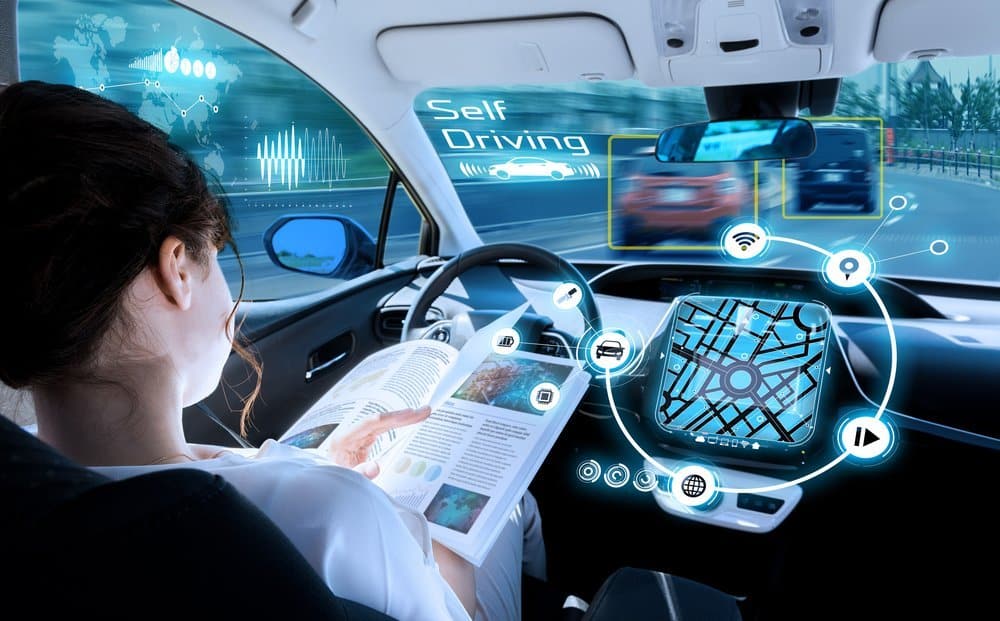
Waymo, the autonomous taxi from Alphabet (the "matrix" company of the creators of Google) has already reached 10 million kilometers traveled on American roads. Each of the 600 Waymos in service (test) travels nearly 36000 kilometers per day.
The more they move, the more they learn
With more and more kilometers driven, autonomous vehicles become increasingly accurate and efficient. Last year GM Cruise (General Motors' autonomous vehicle project) improved its efficiency by 321%, reducing the need for human intervention to one intervention every 7000km driven autonomously.
Autonomous taxis will officially enter service in the top 20 American metropolitan areas
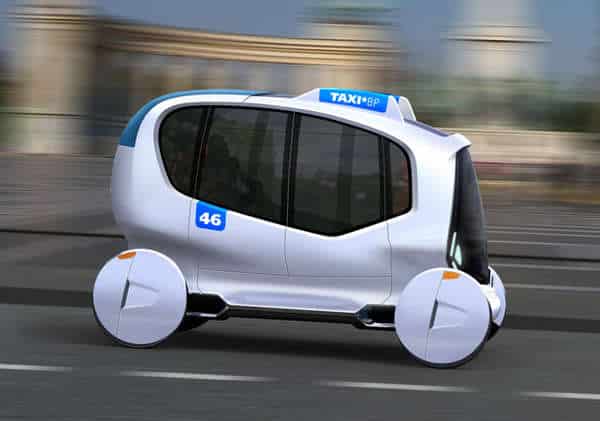
In a release paired with last quarter's financial statements, Lyft announced the expansion of its partnership with Waymo to deploy 10 autonomous vehicles in the urban area of Phoenix, Arizona. This will mean that a user will no longer have to join a test program, but will be able to freely book their ride in a driverless taxi.
Strategic collaboration between car manufacturers, technology companies and transportation services will be crucial: Ford is working with Volkswagen, Nvidia with Mercedes and Toyota.
Convenience in terms of energy will translate into precise choices also in terms of transport, and within 5 years it will be more convenient to subscribe to a private transport service with autonomous electric vehicles than to purchase (and maintain) a privately owned vehicle.
Car format boom
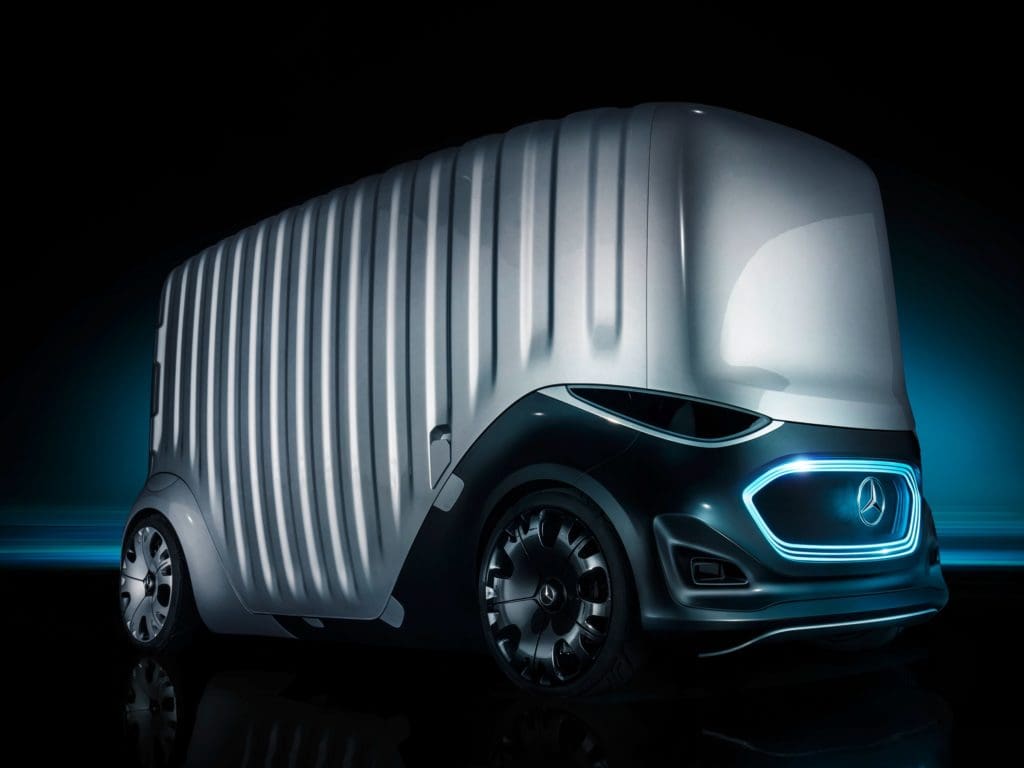
Today the average travel on an autonomous taxi is 90% of a passenger plus a driver: what need will there be for large vehicles like the present ones?
Small electric and autonomous modules with two or three seats and a boot will be a standard and will satisfy the vast majority of requests. Larger vehicles will affect mass public transport at low cost. Lightweight scooters, scooters (or the healthy, old walk) will cover the smallest journeys. By 2024 we will see the spread of an unimaginable range of formats for vehicles capable of covering every distance.
Light parcel deliveries with drones activated in at least one city
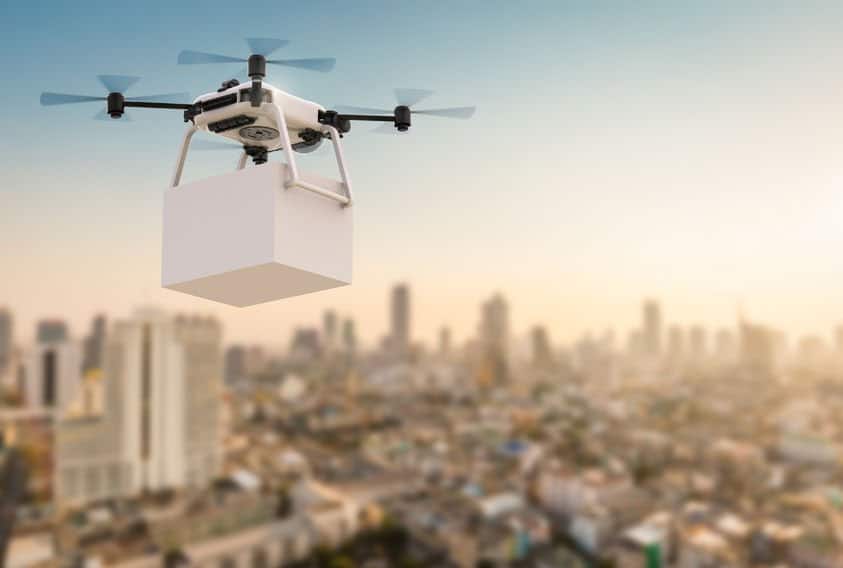
Wing, the Alphabet startup that uses drones for deliveries, was the first to obtain a license from the Federal Aviation Administration (FAA) to operate commercially.
Currently the service is ideal for light or urgent deliveries such as medicines, connectors or spare parts: the ever faster delivery times guaranteed by companies such as Amazon will find their maximum fulfillment.
Robotic car factories will drive the transition to new transportation, but without new human labor
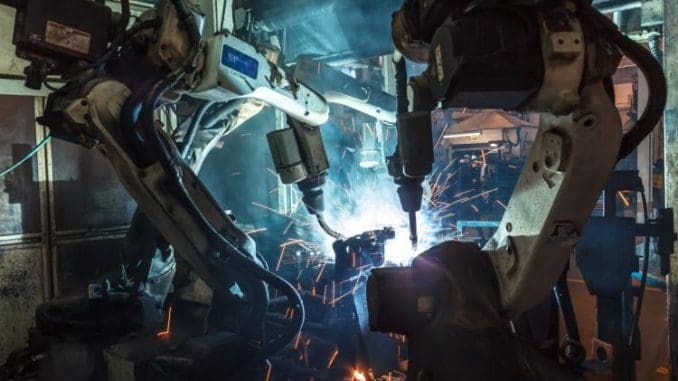
The production chain will continue to become shorter and more agile, guided by new mechanisms and software: if on the one hand this will involve a greater workforce on a creative level, the new levers will be balanced by a reduction in the current manual assembly work.
